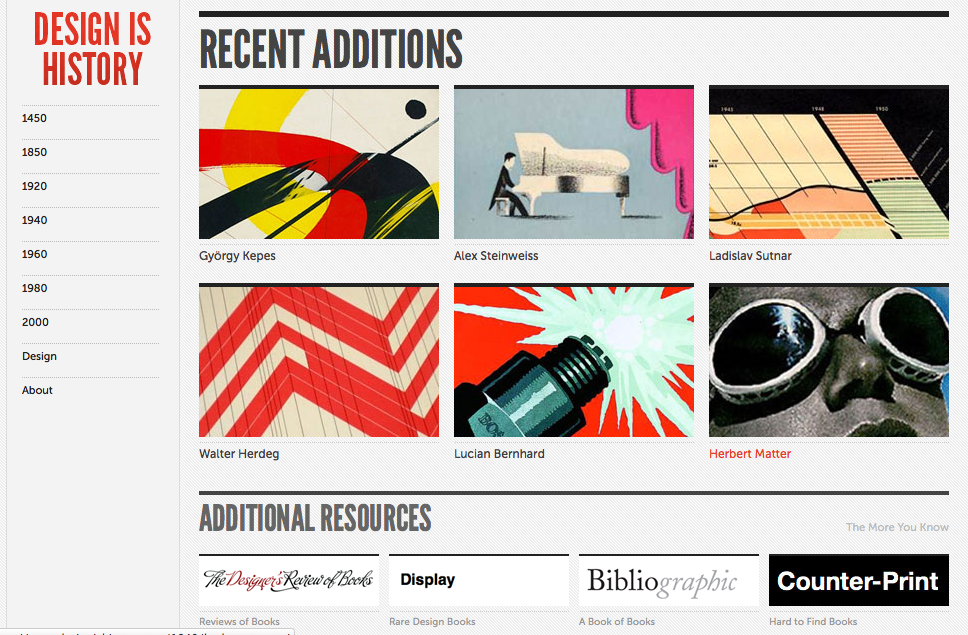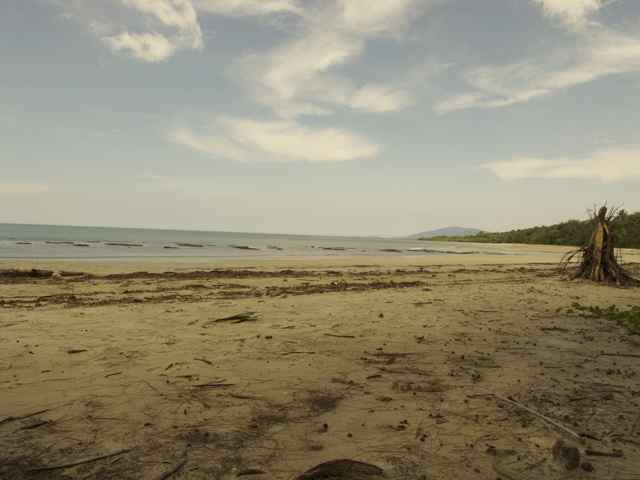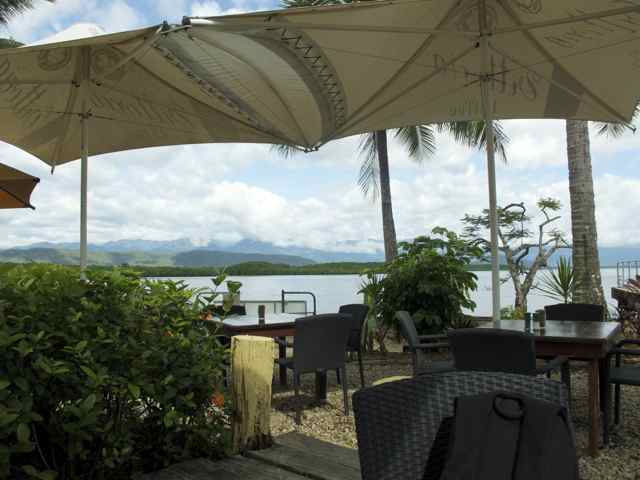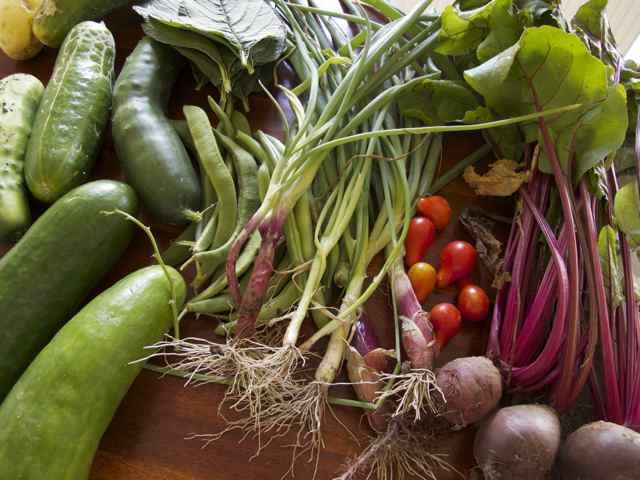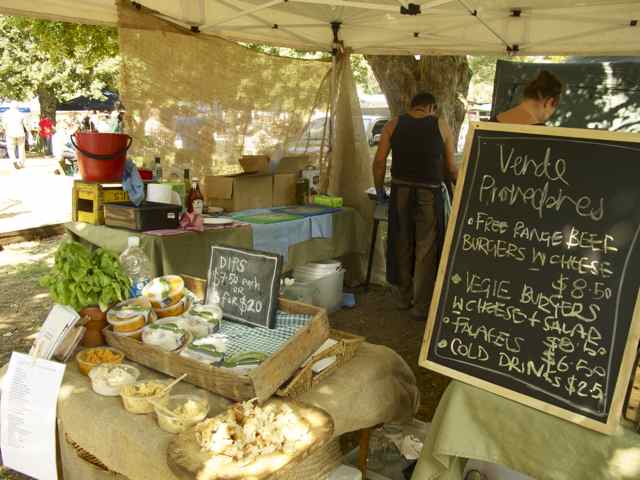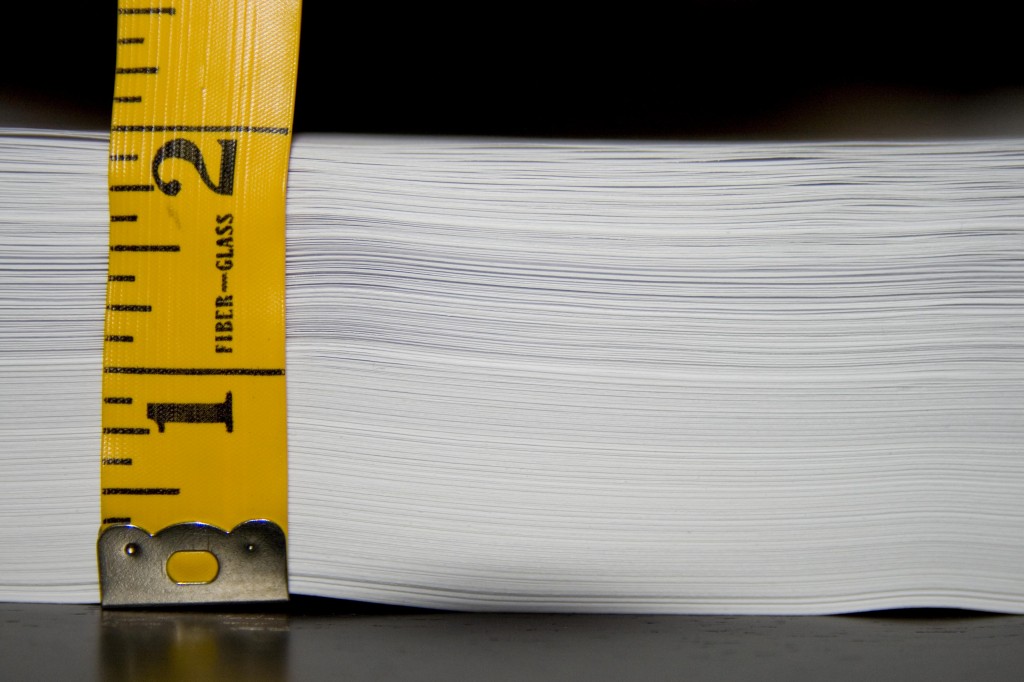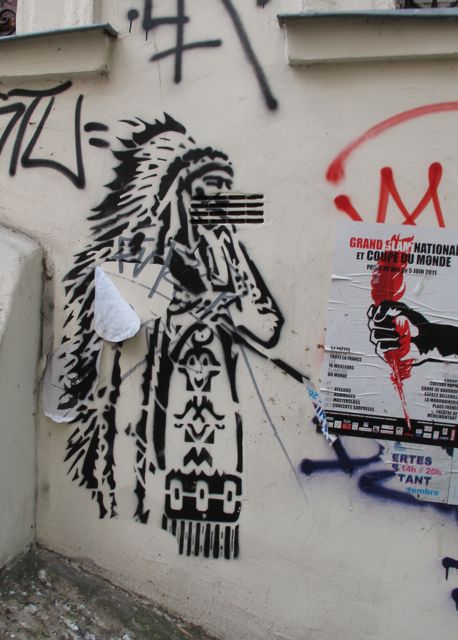Among many there are few interesting Design resources that we can find online. This is the new one that I recently discovered. I am glad that history has never been ignored in design, after all what is design without history. The next important things in design is archiving. Yes, when I discuss about this with some of the local designers here, the archiving topic seems to put them off. “Why?” I asked? “It’s kind of off the trend.” “Really?” Since when archiving become part of the trend? I wonder.. This is the one of many problems that I learned and need serious attention in Malaysia and many other Southeast Asian countries. And I am not only taking about designers but it seems like it is a common attitude of many people here, with the ideas archiving is just an old fashion thing. Sad, as for me, and I emphasised it as much as I can in my PhD’s theses, the important of archiving here in Malaysia. Without archiving, there is no history, and without history, we as designers, as part of the nation are nobody. This discussion is part of the conference paper that I am presenting in Cumulus Design Conference 2013 in Oslo, Norway.
One door closed and the other doors began to open..
It has been a long while since I logged in and put my thoughts here. I took a long break from putting some entries on this blog to focus on finishing my PhD’s corrections and then took a break from study and related. I used my time to read books (not directly related to my PhD) that I bought and been eager to read since I started my PhD. I have read several so far and lots more waiting to be read on the shelves. I also allocated that time to visits some places around Australia, around Victoria, Sydney, Adelaide and Cairns, a short break holiday, and the first one that I am able to fully enjoy with an empty head without my PhD since I submitted the correction. Apart from that, I enjoy my time cooking different types of cuisine and of course, enjoy eating it with my sweetheart. That was such a relief! I was not able to imaging the sense of liberty that I am feeling now before I submitted the work. Now, I am truly free from it.
Rain Forest at Daintree National Park, Photo by Nurul Rahman 2012. Cape Tribulation Beach, photo by Nurul Rahman 2012.Since then, I realised that I have not logged into my blog for couple of months. And for the first time since I have started this blog in 2006, I missed the very first one month entry, last month in February. But let’s take it as my holiday month and a gift for my final correction submission of my PhD.
I feel like I am opening a new book, and have closed the last one that I started in 2006. Thus, I am thinking that this time in my blog writing or ranting, I will write something a bit different, still about design teaching and practices, cultural history, etc., but I hope to be able to be more reflective and critical on what I post here. Oh, yes, there might be new ideas, thoughts and perhaps comments on people’s work, but I hope that this idea will be a shared knowledge and if anyone interested to apply or adopt the ideas that I published in this blog, you will at least ask for my permission and then put the credit to it. Let’s be an ethical human being, and designer shall we.
I am very keen and interested in agriculture nowadays, perhaps because both me and my partner enjoy eating tasty food made with love and fresh, healthy ingredients. Slowly I am growing some herbs in my balcony, when more often to the farmers market than a supermarket and from time to time, enjoy eating at a delicious fresh food restaurant. Yes, there’s plenty of them in Melbourne. I can name a few restaurant that is worth to visit in Melbourne if you’re in town. Try Mezzo Bar and Grill (served Italian fine dining cuisine) , Yuu (Japanese fine dining -definitely you need to make a booking for this one), Cili Padi (a Malaysian style cuisine that worth to try, mixed of Chinese, Indian (Cili Padi India Express) and Malay dishes), and The European (served delicacy of European style dishes small and big plates to share). We were a bit disappointed when we were in Port Douglas in the beginning of our trip there, but we managed to find some of the lovely delicious place to eat. And for the price, I can tell you that it’s worth to try. Here are some links for the restaurant that served excellent food around Port Douglas. The best we have eaten so far is Ospreys Restaurant at Thala Beach Lodge, which is situated in a fantastic, cozy dining place. The chef, Katherine (not sure if I spell her name right) and Dave who have been serving the restaurant for more that seven years have very delicate taste and touch. If you think the price is a bit costly, then just try the main and the dessert. My choice after trying most of the dessert goes to the Brownies. The other restaurant and places to eat are situated in the Port Douglas city itself, to name a few and a must to try while you there is Salsa Bar and Grill (served fantastic contemporary cuisine and have a warm ambiance) for lunch or dinner, and third one is 3nineteen for fresh produced ingredient for your breakfast or lunch. 3nineteen have a fantastic location just facing the sea.
3Nineteen front beach cafe, Photo by Nurul Rahman 2012.Anyway, yes, agriculture, and sustainability in agriculture that interest me. My last trip in Malaysia, a couple of months ago, again had opened up my eyes. Living here for almost 8 years in Melbourne, I think like many Melbournian, we take things for granted. Yes, we are grateful that we are able to get good farmers markets and organic products here but, it is not until we travels around to other places that we soon will realised that we are such a lucky community.But this is for people who love to cook and prepare their own cuisine. The local ingredient are fresh and cheap compare to it you eating out everyday. With this experience in my mind, I went back to my birth place with open mind and hope that I will be able to find similar experience in Penang.
On my last trip in Malaysia, I spent my time in Penang, an island also known as the Pearl of Orient by the Franacis Light, a British officer who governed the island before the independent of Malaysia. Apart from enjoying the delicious cuisine that I could get for very cheap price in Penang, such as all day snack of nasi lemak (coconut rice wrapped in banana leave, served with fried anchovies and peanuts, cooked chili paste, half boiled eggs and slices of cucumbers) and nasi kandar, an indian Muslim influence from Northern India style of cuisine (plain or briyani rice served with your own selection of dishes that you can choose from the shelves, such as different types of curry, vegetable and fried fish and chicken). Now the list does not stop there, Penangite are blessed with other dishes such as Laksa Penang, Satay, Mee Kari, Pasembor, Mee Goreng Mamak, Cucur Udang and so on. Penang is a wonderful place if you like to eat, and love eating out. Cheap and tasty food. It is know as the Malaysian Food Heaven because it is full with hawker style, shops and restaurant that served good food. To the extend, I actually made my long list of different style of cuisines that I wanted to eat while I was there.
Grow Your Own Veggies, Photo by Nurul Rahman 2012.But after a while, I got sick of eating out and wanted to cook again. My search moved from food stalls to markets to look for local ingredients that I can use in my cooking. There are plenty and enough to start with but the freshness and the taste of the fresh products sold in the market or event in supermarket is far compare to Melbourne. Far in this sense is that yes, there are some ingredients that you can get there but the are now as good or tasty as the one I have eaten here in Melbourne. For example, the tomato tasted plain, the sweetness and the delicious sour taste of tomato is not there, and I believe it is an industrial way of producing this tomato. That is sad because if you want to cook, from fresh ingredients the ingredients needs to be at their very best state, otherwise it will change the taste of the dish that you cook. And the same goes with other vegetables, fruits, meat, seafood etc. But after a while of searching I found several places that tried to sell the good fresh, organic ingredients, thank God! But seriously, I think we can do better Malaysia, we need good food, healthy food. I remember a friend of my Nora was telling me how she hated tomato and other vegetables when she was in Malaysia. Nora is currently living in Melbourne and she have discovered the delicious taste of tomato, fruits and vegetables. She didn’t realised that the fresh ingredients can be so tasty and delicious.
Local Produced Fresh Products in Castlemain, Photo by Nurul Rahman, 2012.My answer to that is, not many places sells fresh and organic produced vegetable in Malaysia, therefore we (Malaysian) are only expose to the not so good products, but because we didn’t have the option, we just take it as it is. I think this is another design challenge for fellow Malaysian. How can we designers facilitates the process of sustaining the good, freshly product and organic product in Malaysia? It’s a start but this can lead somewhere.
Interesting link to look at:
Or a video about local harvest where you can follow the journey of a tomato through the industrial food system to the supermarket shelves. Find out why local food alternatives are a good thing, and how easy it can be to find good food close to you. A fantastic video from Chris Grose http://vimeo.com/39169810
Similar scenarios happen in Malaysia with seafood and other fresh farmers produced. And don’t forget to look at example how the designer’s skill can be apply or facilitate this process.
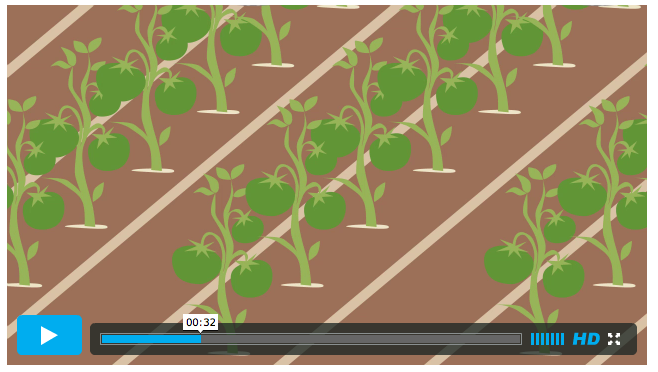
Image credit from video product by Local Harvest
Happy New Year to a new advanture..
It has been almost a month since I have written my notes in this blog. And the year has gone! I hope its not too late to wish you lovely people a Happy New Year!! Wishing you love, happiness and good health all the years..
I think this year I will take another approach, try different angle and dig deeper the areas that I am already involved in research. Make lots of friends and spread lots of love and knowledge. So.. we’ll see how this New Year resolution goes..
This year, is a good year!!
Learning By Design
This is an interesting online article and project supported by Common Ground Publishing by the Institute of Education Sciences, U.S. Department of Education under the Small Business and Innovation Research (SBIR) Program.
What I found interesting is the effort made by some organisation and the government to continue encourage teachers and educators to find ways of learning and teaching. Finding and discovering knowledge has never been a linear process, even though regularly in schools we were asked to learn in specific ways. But it is important to know that there are other ways of learning, the only different is that the teachers might not know the ways and has been taught one on specific ways.
I always like role play in learning, for me I found that method is very helpful. Now, for others they might find one of my method is childish and not interesting. I can understand that each of our personality is varied thus, some people find it difficult to engage in acting or role play. I think its fun and I learn better when it is fun. Although I also noted (having spending 5 years working on a PhD dissertation) that not every learning process end up as fun. Most of the time it is hard, difficult, painful and stressful. Therefore I always add some fun in that process (or at least I believe I did).
What I like about Learning by Design is that its really begins with a conceptualisation – “a place where learners are actively engaged as knowledge producers and in which teachers have assumed a transformed professional role as designers of hybrid online and face-to-face learning environments. The projects leads to articulate the guiding Principles in the Learning by Design project, situating ˜pedagogy in the contexts of ˜curriculum and ˜education”. (Learning by Design Website 2011).
Now, how many of us understand what design mean? Or the word sounds grand for some? For now, just ignore the terminology. What is important for you to understand at the moment is how can you learn and learn better?
If you go to the link of knowledge process link in Learning by Design website, you will be shock that there are almost hundreds of links that will lead you to understand ways of learning. Most of them are slightly different from the way we been taught at school. For example, Learning by Conceptualisation. I have trouble to see and then understand text and numbers. It doesn’t mean that I cannot count, or cannot read, but my ability to read is a bit slower that others who doesn’t seems to have problem with texts and numbers. What I have discovered in my high school is that when I read or count, I have to start my visulisation process going, otherwise the whole information will be just like a dust or part of the air. It will get better if I have something, an object or two in front of me to act as the numbers of the text (overall content or subject). And I also realised that when I speak my hands and fingers move, to show the content of my conversation. May be you don’t realiased it, but some people don’t do that.
Back to the Knowledge Processes in Learning by Conceptualisation for example, this is how you can learn and there’s plenty more to know. Enjoy!!

(Image copyright and credit is by Learning by Design Website 2011 by Mary Kalantzis and Bill Cope)
Fasting Month in Malaysia
http://www.abc.net.au/radionational/programs/360/my-one-malaysia/3696114
ABC one Malaysia
If you think you understand what is means by fasting for Muslim in the month of Ramadhan,
think again.
See what fellow Malaysian (Ezad Zaid and friends) think about the fasting month and how it is played by some as an attempt to get out of it.. Enjoy!
1Malaysia 360 Documentaries from ABC
http://www.abc.net.au/radionational/programs/360/my-one-malaysia/3696114
Changing Education Paradigms
This video discuss and show a various angles comparing current and the past education systems. I shown this in the beginning of the semester in my class, to set up a ground for a design student to have a broad ideas of the education system that they’re in and to provide basic understanding of the important of an education and to start a discussion (or breaking the ice term).
I hope it is as useful to you as much as it has been and continue being to me.
‘I shall become what no mind e’er conceived’
‘Flee to God’s Qur’an, take refuge in it
there with the spirits of the prophets merge.
The Book conveys the prophets’ circumstances
those fish of the pure sea of Majesty.’
Rumi qouted in Lewis, 2000, p. 408

Jalal ad-DÄ«n Muhammad Rumi or known as Mevlana Celaleddin-i Rumi
“I died as a mineral and became a plant,
I died as plant and rose to animal,
I died as animal and I was Man.
Why should I fear? When was I less by dying?
Yet once more I shall die as Man, to soar
With angels bless’d; but even from angelhood
I must pass on: all except God doth perish.
When I have sacrificed my angel-soul,
I shall become what no mind e’er conceived.
Oh, let me not exist! for Non-existence
Proclaims in organ tones,
To Him we shall return.”
از Ø¬Ù…Ø§Ø¯Û Ù…Ùردم Ùˆ Ù†Ø§Ù…Û Ø´Ø¯Ù… ” وز نما Ù…Ùردم بهØÛوان سرزدم
Ù…Ùردم از ØÛÙˆØ§Ù†Û Ùˆ آدم شدم ” پس Ú†Ù‡ ترسم؟ Ú©Û Ø² مردن Ú©Ù… شدم؟
Øمله دÛگر بمÛرم از بشر ” تا برآرم از ملائک بال Ùˆ پر
وز ملک هم باÛدم جستن ز جو ” Ú©Ù„ Ø´ÛØ¡ هالک الا وجهه
بار دÛگر از ملک پران شوم ” آنچه اندر وهم ناÛد آن شوم
پس عدم گردم عدم Ú†Ùˆ ارغنون ” Ú¯ÙˆÛدم کانا الÛÙ‡ راجعون
Rumi quoted in ‘The triumphal sun’. by Annemarie Schimmel, p. 328
Episode 1: How hard is hard?
I would like to share this stories,
or experience (some are mine and some are from friends who have gone through similar path) and thoughts with you and with future PhDs.
When you started doing your research, you will get used to hear advice from your supervisors, PhDs candidates, postgraduate discussion forum, and etc. that you need to discuss and talk about your research topic with others. The question you need to answer when people asked you after knowing that you have dedicated full time to do research, is ˜So, what is your research about? Then you go¦ ˜Hmmm… How do I start? Now indeed, this kind of conversation, the more the better according to many researcher, will be able to help you and your research. What will it help? It will help you 1) understand your own research, 2) to learn to articulate your research ground/areas, and 3) to gained new ideas and approached from others.
Well, that is the advice I received when I started my PhD and indeed, I cannot agree more that it does achieved the three goals, plus it help the new researcher (you) to find your own voice, and gained confident in discussion about their research. What they did not tell you, is that you need to be able to construct your conversation, and managed the discussion. You need to be aware that this research is not a short time research, instead it is a long years process, some takes 2 at least for Masters, 3 and half for PhDs and the years can go on till 20 years. How do you construct your conversation and managed them till that long? How do you keep your research stories ˜fresh and exciting so when you talk to the same people again after 3 years, it will not bore them?
My story:
When I started my PhD, I talk and discuss about the topic and areas that interest me with my husband, and we can talk and talk about this for hours, and almost every weeks. That was the first year I started my research. It was full of excitement, discoveries, exploration and most of all it has gained lots of my confident in talking about it to other people besides my husband. And for him, is the same, he is so interested to know more, we argue, debates, disagree, research and get to some sort of resolution. The research grows with us¦
That means, we grow to be part of the whole research process¦ that happen most of the time and we do brings our family along with it. Anything and almost everything we see, experience and do, somehow we managed to associate or to trigger link to our research topic. For some, it might not go that far or they are smart enough to find line to put stop at it. They did not allow research take over their life and decided to take over the research life. So they discontinue their research. Me, I continue till the end. But there are prices to be paid. Research has taken over me.
It was not that bad, not how it sound like here in this story of mine. Life was good, I feel good, confidence sometimes can be over exited and over confidence, which is normal in this process. Oh yes, another ˜normal process would be experiencing a ˜roller-coaster life and mood. This process is as much as annoying and upsetting, it can also cause lots of stress. Life is like as a new researcher is like roller coaster. Lost is the words that many would be saying such as ˜Oh! I am lost with this research. But what you dont know you also have somehow lost with your own self. You have misplaced yourself. Deep in your thoughts, you deeply belief that this is not hard, come on! You can do this, you have been through harder times than this study, this should not be taking so much impact on your life. Yes, that is what you keep on telling yourself about again and again¦ that you are not misplace yourself but you have decided to take this challenge. Just for a thought, imagine that this process in your mind right now. Imagine that this process continue for a long long long long years¦ to be continue.
Street arts collection in Paris
Skim Reading is the answer so far. There are plenty of different websites that teaches skim reading. But I have tried this one in particular and found that the methods here and the exercise they offer is very helpful.
http://web2.uvcs.uvic.ca/elc/studyzone/570/pulp/hemp1.htm
Unknown graffiti artist. Image photographed by Nurul Rahman,
2011.
Unknown graffiti artist. Image photographed by Nurul Rahman, 2011.

